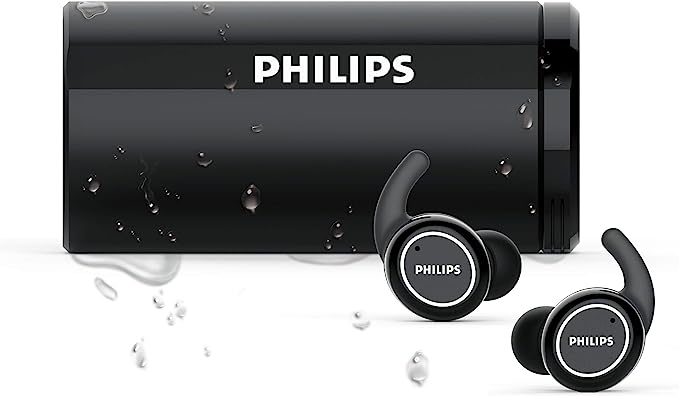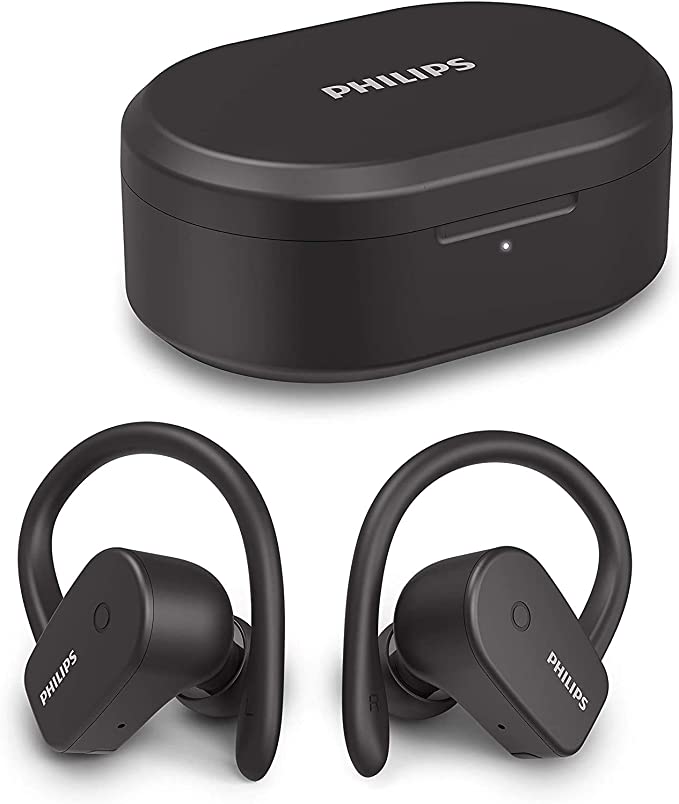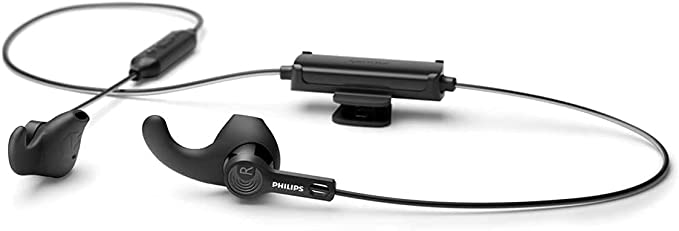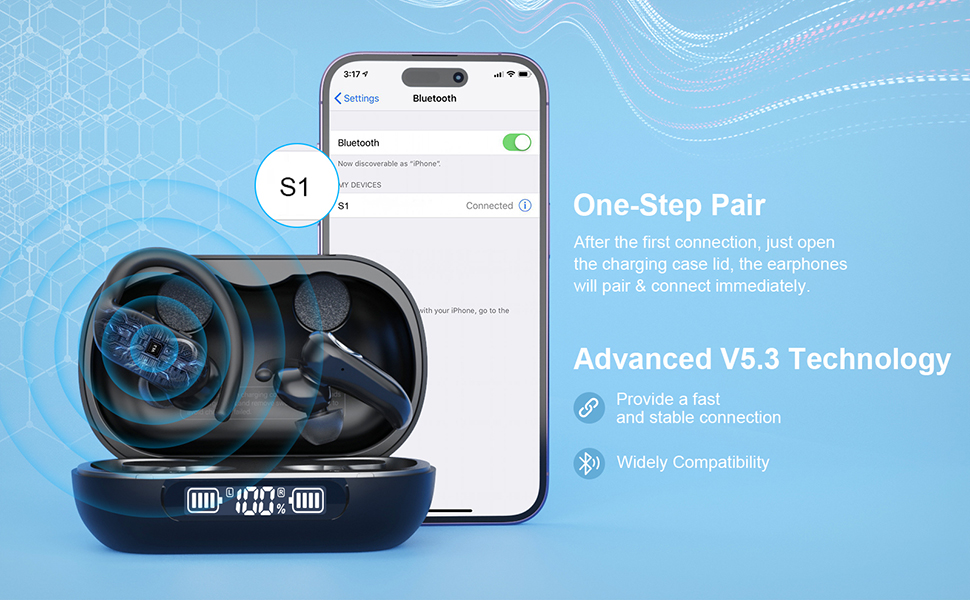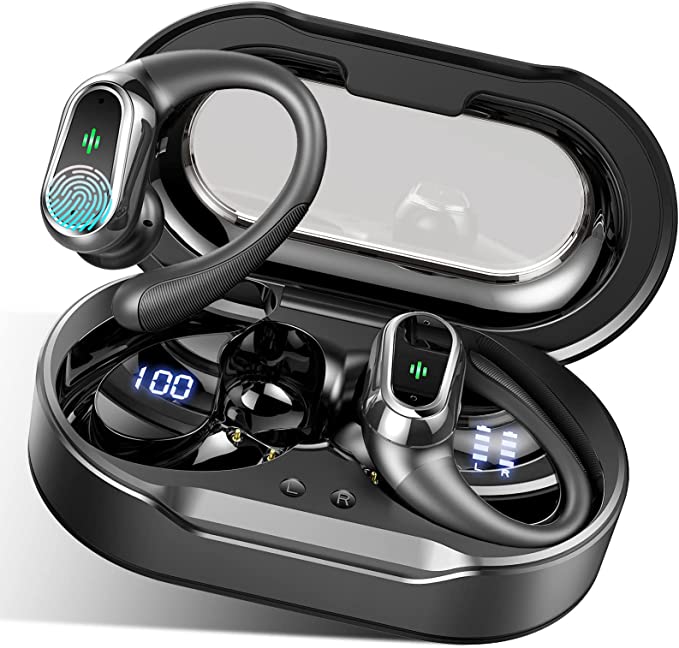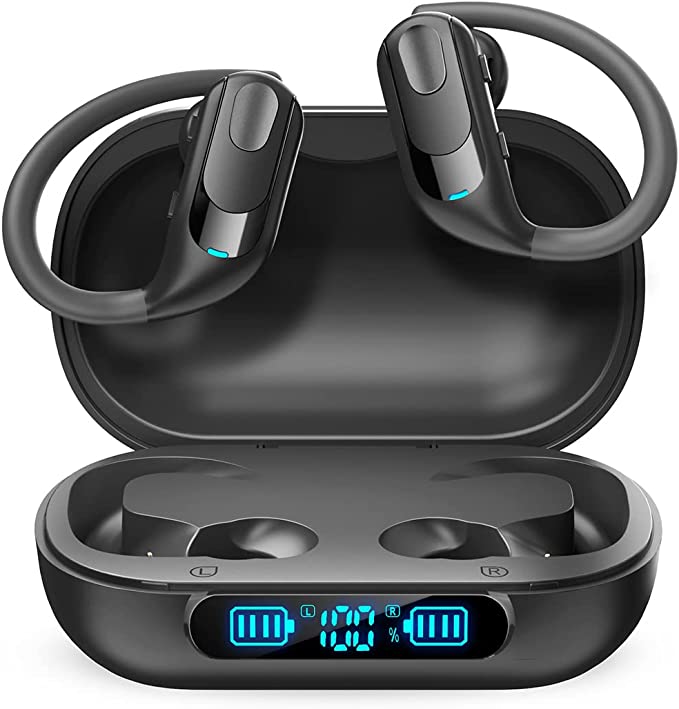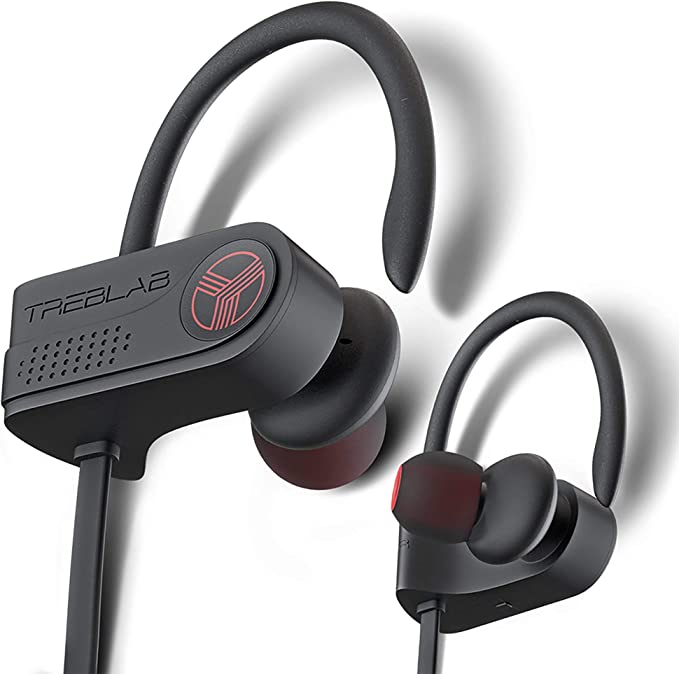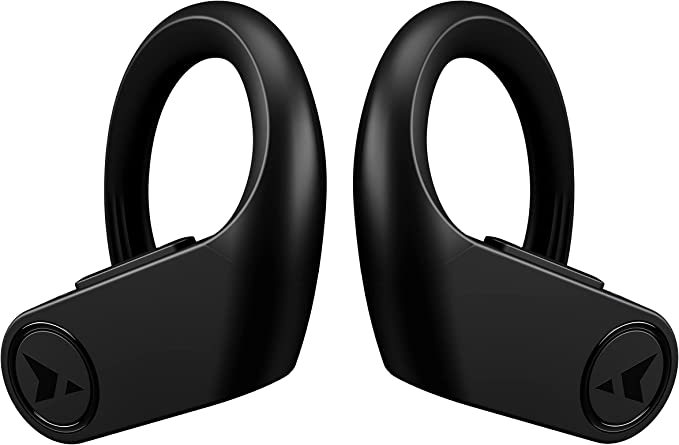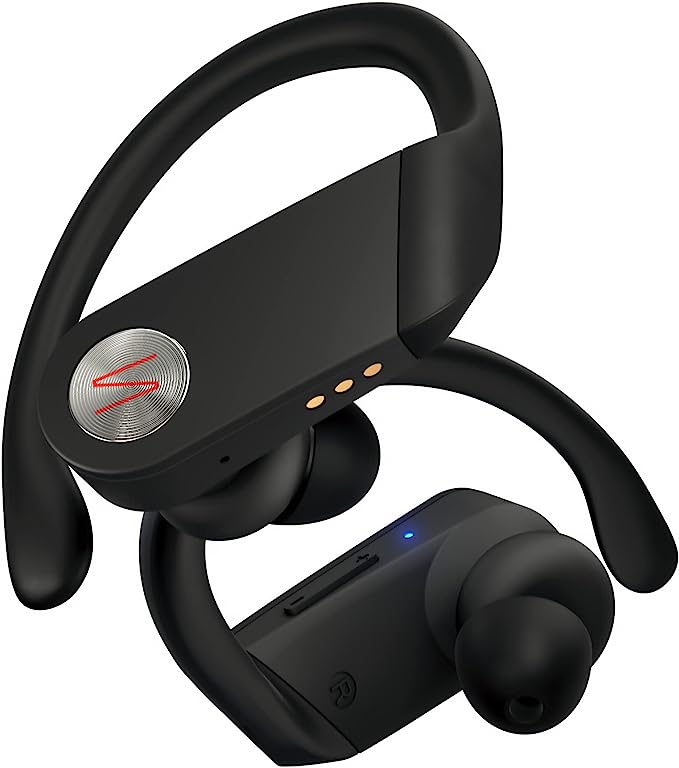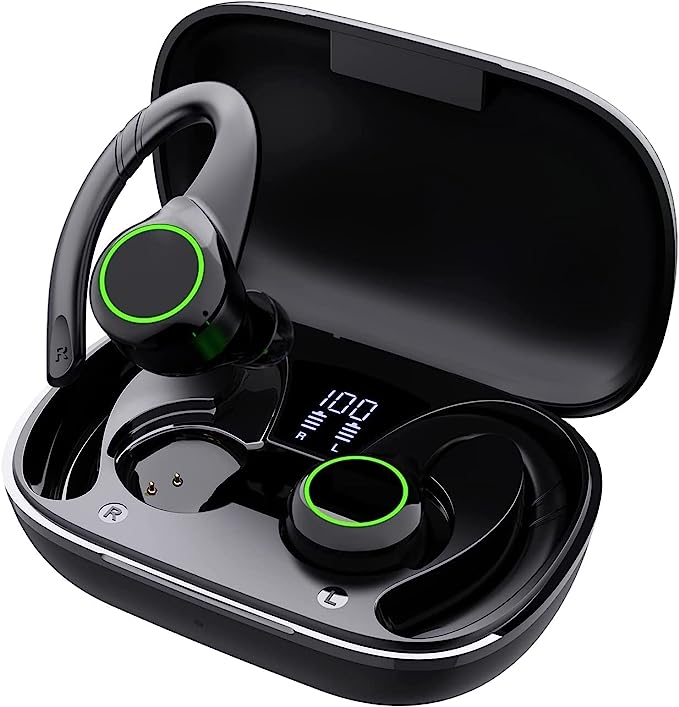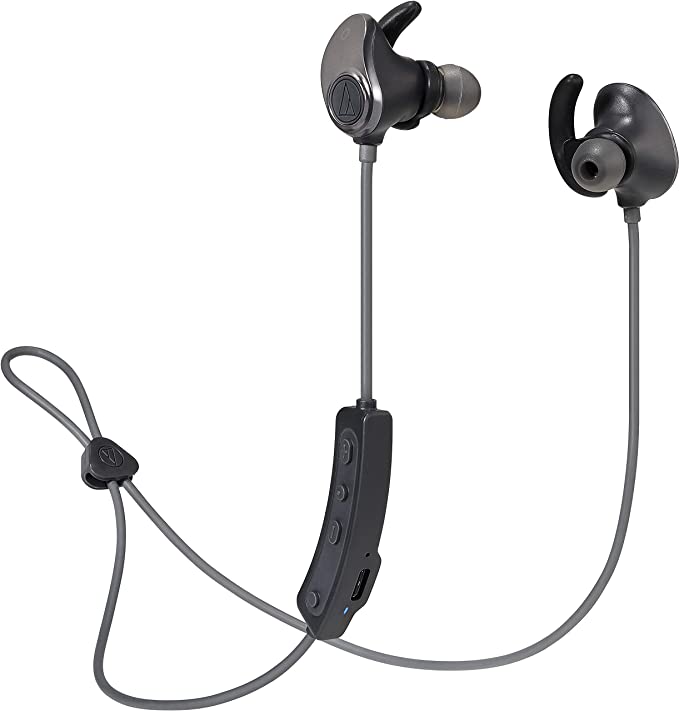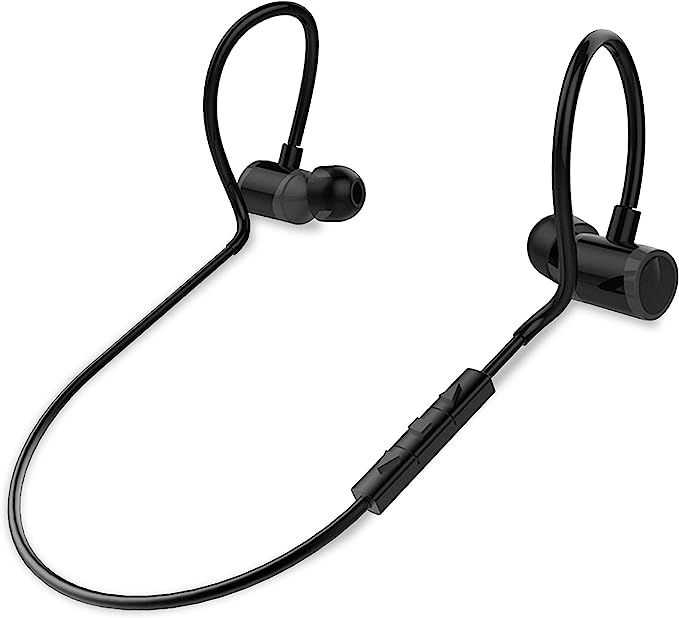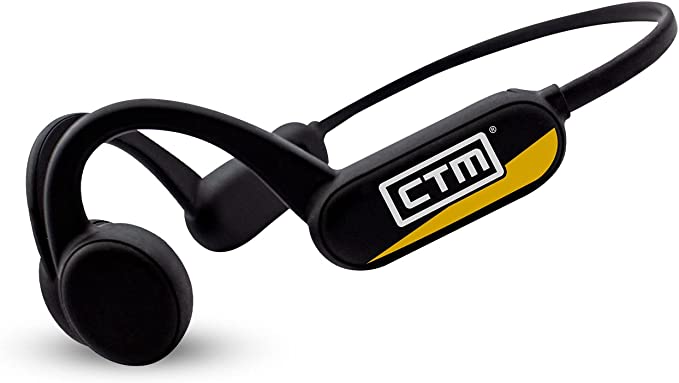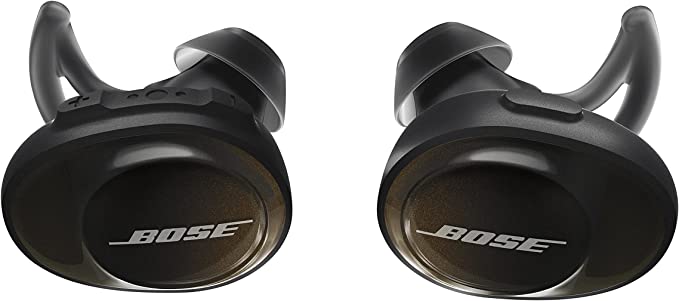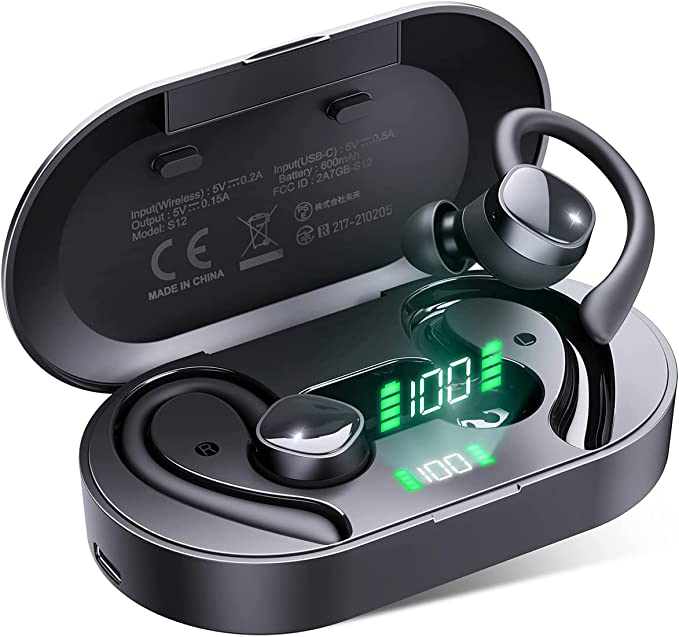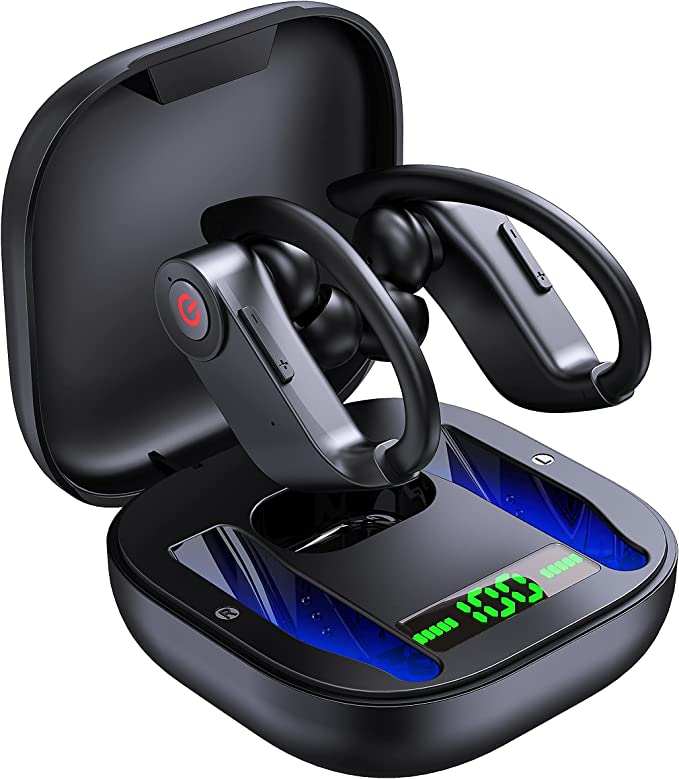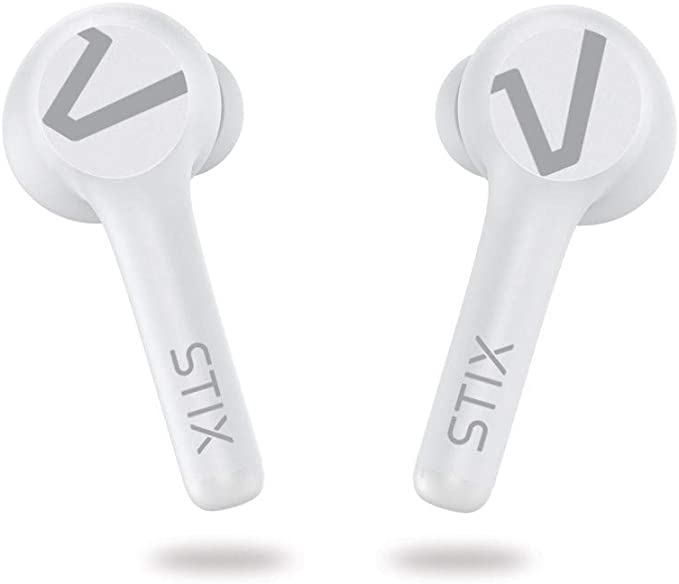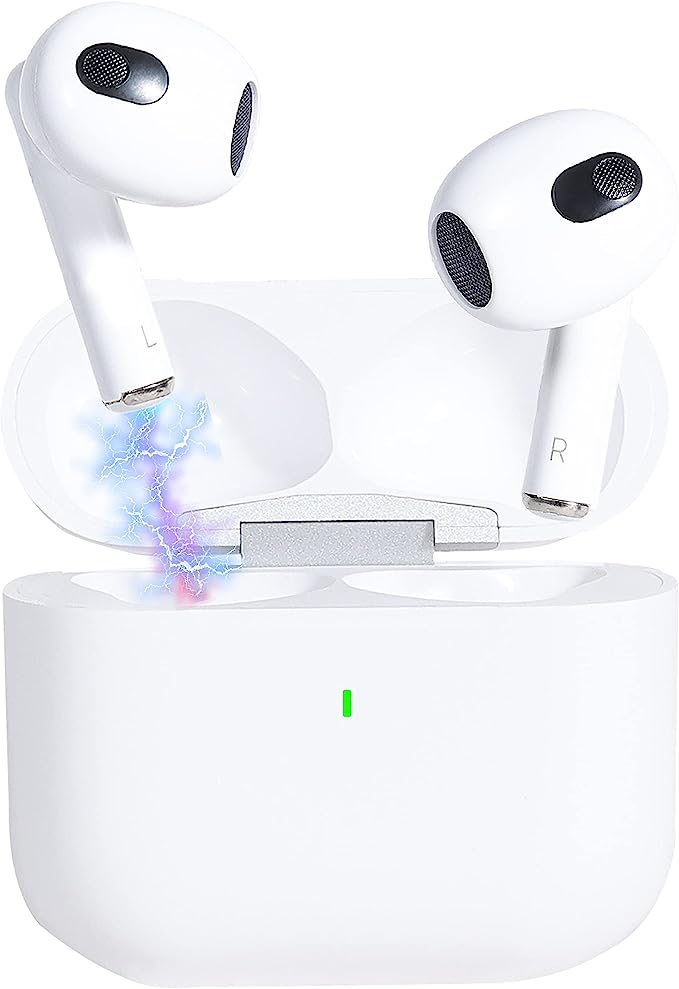Philips ActionFit SHQ6500CL: Sweatproof Wireless Headphones for Your Toughest Workouts
Update on March 20, 2025, 9:08 a.m.
Picture this: you’re finally in the zone, pushing your limits during a run. Your favorite song is blasting, motivating you to go the extra mile. Then, thud. Your earbud pops out, the music abruptly stops, and your rhythm is broken. Or perhaps you’re lifting weights at the gym, and the cable of your headphones snags on a piece of equipment, yanking the buds from your ears. Frustrating, isn’t it?
The truth is, traditional headphones are often ill-equipped for the demands of a vigorous workout. They weren’t designed for the sweat, the constant movement, or the need to be aware of your surroundings. This is where sports headphones, engineered specifically for physical activity, come into play. But what makes them different? It’s all about the science.

Sound Science: Acoustics and the Athlete
Sound is essentially vibrations traveling through the air. These vibrations, measured in Hertz (Hz), determine the pitch of the sound – high frequencies are perceived as high-pitched sounds, and low frequencies as low-pitched sounds. The range of frequencies a headphone can reproduce is called its frequency response. Ideally, you want a headphone that can accurately reproduce a wide range of frequencies, providing a rich and balanced sound.
But when it comes to sports, there’s another crucial factor: acoustic design. There are two main types: closed and open. Closed-back headphones create a seal around your ear, isolating you from external sounds. This is great for immersive listening in quiet environments, but it can be dangerous during outdoor activities, where you need to be aware of traffic, cyclists, and other potential hazards.
Open-back headphones, on the other hand, allow some ambient sound to reach your ears. This “leakage” might seem like a drawback, but it’s a deliberate design choice that prioritizes safety. It lets you hear what’s going on around you while still enjoying your music. Think of it like having a conversation with someone while music plays softly in the background – you can hear both.
The Perfect Fit: Ergonomics and Staying Put
Ergonomics, the science of designing products for human comfort and efficiency, is paramount in sports headphones. A secure fit is not just about comfort; it’s essential for consistent sound quality and preventing those annoying mid-workout dropouts.
Our ears are incredibly diverse in shape and size. The outer ear, or pinna, has complex curves and ridges. A well-designed sports headphone needs to interact with these contours effectively. This is often achieved through a combination of:
- Ear Tips: These come in various sizes and materials (usually silicone or foam). Finding the right size is crucial for a snug fit that creates a seal within the ear canal, improving sound isolation and bass response.
- Ear Hooks or Fins: These additional supports wrap around the ear or hook into the inner curves, providing extra stability and preventing the earbuds from dislodging during movement. The Philips ActionFit SHQ6500CL, for example, uses C-shaped rubberized ear tips. These rely on friction – the force that resists motion between two surfaces in contact. The rubber material and the specific shape maximize this friction, keeping the earbuds securely in place.

Built to Last: Materials Science and Durability
Workouts are tough on gear, and headphones are no exception. Sweat, rain, and accidental drops are all part of the game. That’s where material science comes in.
The Ingress Protection (IP) Code is an international standard that classifies the degree of protection provided against intrusion, dust, accidental contact, and water. It’s usually represented as IP followed by two digits (e.g., IP67). The first digit indicates protection against solids (like dust), and the second indicates protection against liquids.
The Philips ActionFit SHQ6500CL has an IPX2 rating. The “X” means it hasn’t been rated for dust protection, but the “2” signifies that it’s protected against vertically dripping water when tilted up to 15 degrees. This is sufficient to handle sweat and light rain, but it’s not designed for submersion.
Beyond water resistance, durability is also about the materials used. The cable connecting the two earbuds of the SHQ6500CL is reinforced with Kevlar, a synthetic fiber known for its incredible strength and resistance to abrasion. This helps prevent damage from pulling, stretching, and tangling – common issues with traditional headphone cables.
Wireless Freedom: The Basics of Bluetooth
Tangled wires are a major annoyance during workouts. That’s where Bluetooth technology comes in. Bluetooth is a wireless communication standard that uses short-range radio waves to transmit data between devices. It allows you to connect your headphones to your smartphone or music player without any physical cables.
Bluetooth has evolved over the years, with different versions offering varying levels of power efficiency, range, and data transfer rates. The SHQ6500CL uses Bluetooth 4.1, which is not the latest version (Bluetooth 5.x is currently the most advanced), but it’s perfectly adequate for streaming audio with good quality and a stable connection within a reasonable range (typically up to 10 meters).

Inside the SHQ6500CL: Deconstructing the Design
Let’s take a closer look at how the Philips ActionFit SHQ6500CL puts all these scientific principles into practice:
-
Open Acoustic Design: As discussed earlier, this allows for ambient sound awareness, crucial for safety during outdoor activities. It’s a trade-off – you sacrifice some sound isolation for increased situational awareness.
-
IPX2 Sweat Resistance: The IPX2 rating ensures the headphones can withstand sweat and light rain, protecting the internal components from moisture damage.
-
Anti-Slip Ear Caps: The C-shaped rubberized ear tips, available in multiple sizes, provide a secure and comfortable fit by maximizing friction and conforming to the shape of the ear.
-
13.6mm Drivers: These are the components that actually produce the sound. The driver is essentially a tiny loudspeaker. A larger driver, like the 13.6mm one in the SHQ6500CL, can generally move more air, potentially resulting in a more powerful sound, especially in the bass frequencies. However, driver size isn’t the only factor determining sound quality; the quality of the materials and the tuning also play significant roles.
-
Kevlar-Reinforced Cable: This adds durability and prevents tangling, ensuring the headphones can withstand the rigors of workouts.
-
Bluetooth 4.1: Providing wireless connectivity.

The Trade-offs: Balancing Safety, Sound, and Comfort
It’s important to understand that designing sports headphones involves making trade-offs. The SHQ6500CL prioritizes safety and a secure fit with its open acoustic design and anti-slip ear caps. This means that sound isolation is less than what you’d get from noise-canceling headphones. If you primarily work out in a noisy gym and want to completely block out distractions, these might not be the ideal choice. However, if you value situational awareness, especially during outdoor activities, the open design is a significant advantage.
Similarly, while the 4.5-hour battery life is sufficient for many workouts, it’s not exceptionally long. Power users who engage in extended endurance activities might need to consider headphones with longer battery life, which often come with a larger and heavier design.
Beyond the Basics: Other Considerations for Sports Headphones
While the SHQ6500CL represents a solid choice for many athletes, it’s worth mentioning other options and technologies:
- Bone Conduction Headphones: These transmit sound vibrations through the bones of the skull, bypassing the eardrum entirely. This leaves your ears completely open, providing maximum situational awareness. However, sound quality is generally not as good as with traditional earbuds.
- True Wireless Earbuds: No wires at all.
A Jogger’s Story
Let’s revisit our earlier scenario, but this time, our jogger, Emily, is equipped with the Philips ActionFit SHQ6500CL. As she sets off on her run, the secure fit of the C-shaped ear tips gives her confidence. She can feel them snugly in place, and they don’t budge, even when she picks up the pace.
The open acoustic design allows her to hear the sounds of her environment – the chirping of birds, the approaching footsteps of another runner, and the distant rumble of a car. This awareness keeps her safe and connected to her surroundings. The music is clear and motivating, but it doesn’t drown out the world around her.
As she sweats, she’s not worried about damaging her headphones, thanks to their IPX2 rating. And the absence of a dangling cable means she can move freely, without any distractions. She finishes her run feeling energized and safe, her workout enhanced, not hindered, by her audio experience.

Conclusion: Making Informed Choices
Choosing the right sports headphones isn’t just about picking a brand or a color. It’s about understanding the science behind the design and how different features cater to specific needs and preferences. The Philips ActionFit SHQ6500CL, with its emphasis on open acoustics, secure fit, and sweat resistance, offers a compelling solution for athletes who prioritize safety and durability. By understanding the trade-offs involved and considering your own workout environment and priorities, you can make an informed choice and find the perfect audio companion for your active life.
